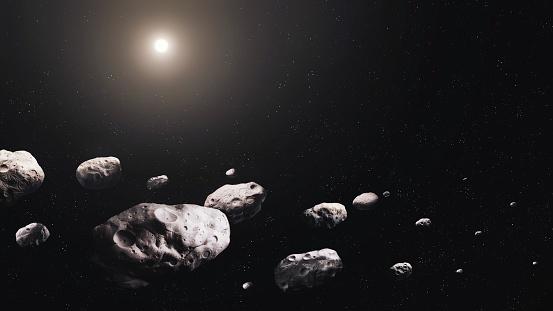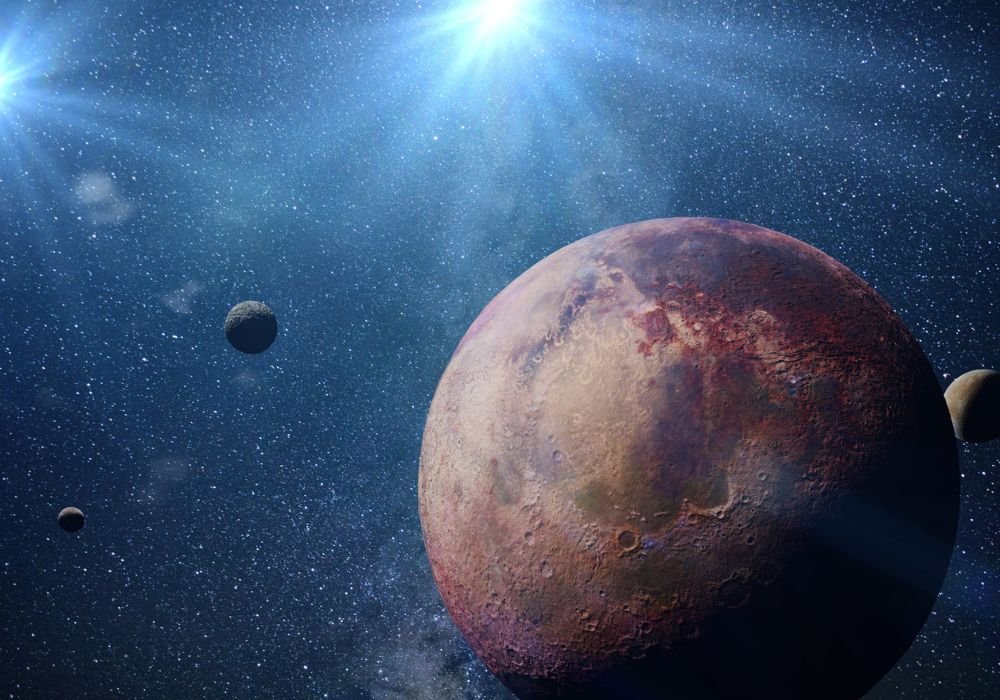In a twist on the search for a hypothetical Ninth Planet in our Solar System, beyond the orbit of Neptune, two theoretical physicists have presented a study in which they challenge observations that attempt to prove the object’s existence in the Kuiper Belt. According to North American researchers, the arguments merely confirm the assumptions of Modified Newtonian Dynamics (MOND), a scientific hypothesis from 1982..
To arrive at this alternative explanation, physics professors Harsh Mathur of Case Western Reserve University in Cleveland and Katherine Brown of Hamilton College in New York studied the Milky Way’s influence on objects in the outer solar system. The laws of gravity were governed by MOND.
In astrophysics, MOND proposes a modification of Newton’s centuries-old law of universal gravitation to explain why velocities of stars in galaxies are observed to be higher than expected from Newtonian mechanics. The idea is that When Newton’s gravitational acceleration is not enough, a new gravitational behavior comes into play, According to MOND.
Comparison of Planet 9’s searches with MOND
Mathur and Brown were already investigating MOND. included as an alternative to so-called “dark matter”, years ago. However, astronomers became particularly curious about the possible more local implications of the galactic theory in 2016, when they hypothesized that orbital anomalies exhibited by objects in the outer solar system might be evidence of the existence of Planet Nine.
In a press release, Brown explained that he and his colleague decided to test whether the ninth planet seekers’ hypotheses contradicted MOND’s predictions. “We wanted to see whether the data supporting the Planet Nine hypothesis would effectively exclude MOND.”said.
Surprisingly, the opposite happened. The researchers found that MOND accurately predicted anomalies observed by astronomers. They explain that over millions of years, the orbits of some objects in the solar system have “drifted” to align with the center of the galaxy. Mathur said the agreement with the observations was “impressive.”
Could the evidence for the existence of Planet 9 be wrong?

Although closer examination reveals these gravitational anomalies to be “fake,” the study suggests the following: In addition to paving the way for the establishment of general gravity, these were the things that allowed the discovery of Neptune in 1846.
In this sense, the authors of the article conclude that, according to other scientific studies, it is either possible to confirm that the unusual behavior of the Kuiper Belt is actually evidence of Planet Nine, or this statement is false. Why not claim that these anomalies are “evidence of a change in Newtonian gravity”?
The study, recently published in The Astronomical Journal, acknowledges that the current data set is still insufficient and that a larger sample of stable Kuiper Belt objects will be needed for further testing of the MOND hypothesis.
Stay up to date with the latest astronomical studies at TecMundo. If you want, take the opportunity to learn which exoplanets should be considered Earth-like.
Source: Tec Mundo
I’m Blaine Morgan, an experienced journalist and writer with over 8 years of experience in the tech industry. My expertise lies in writing about technology news and trends, covering everything from cutting-edge gadgets to emerging software developments. I’ve written for several leading publications including Gadget Onus where I am an author.













